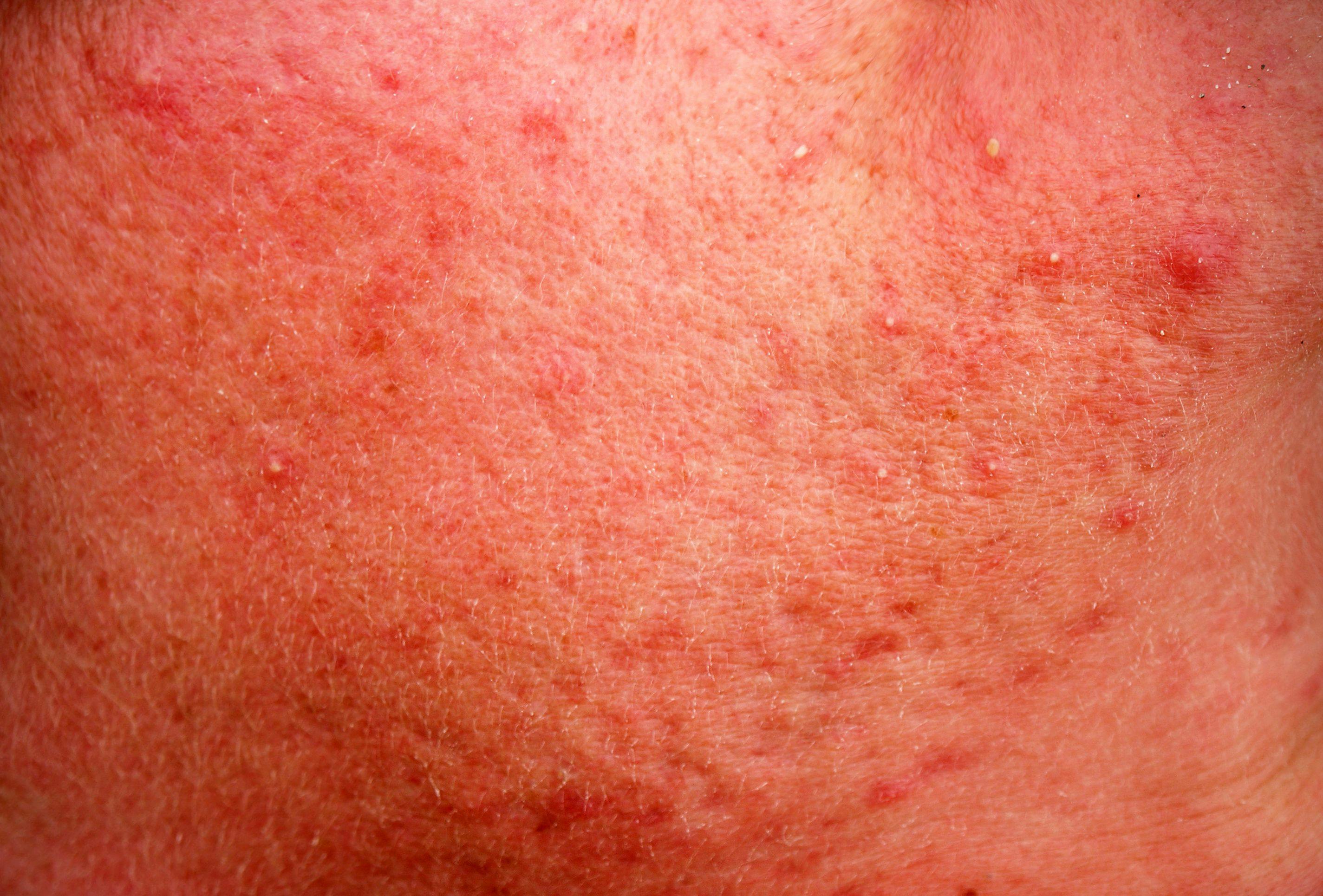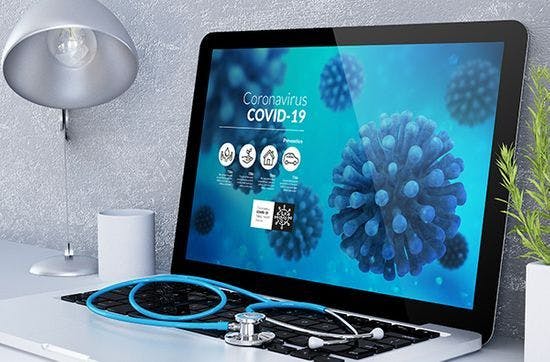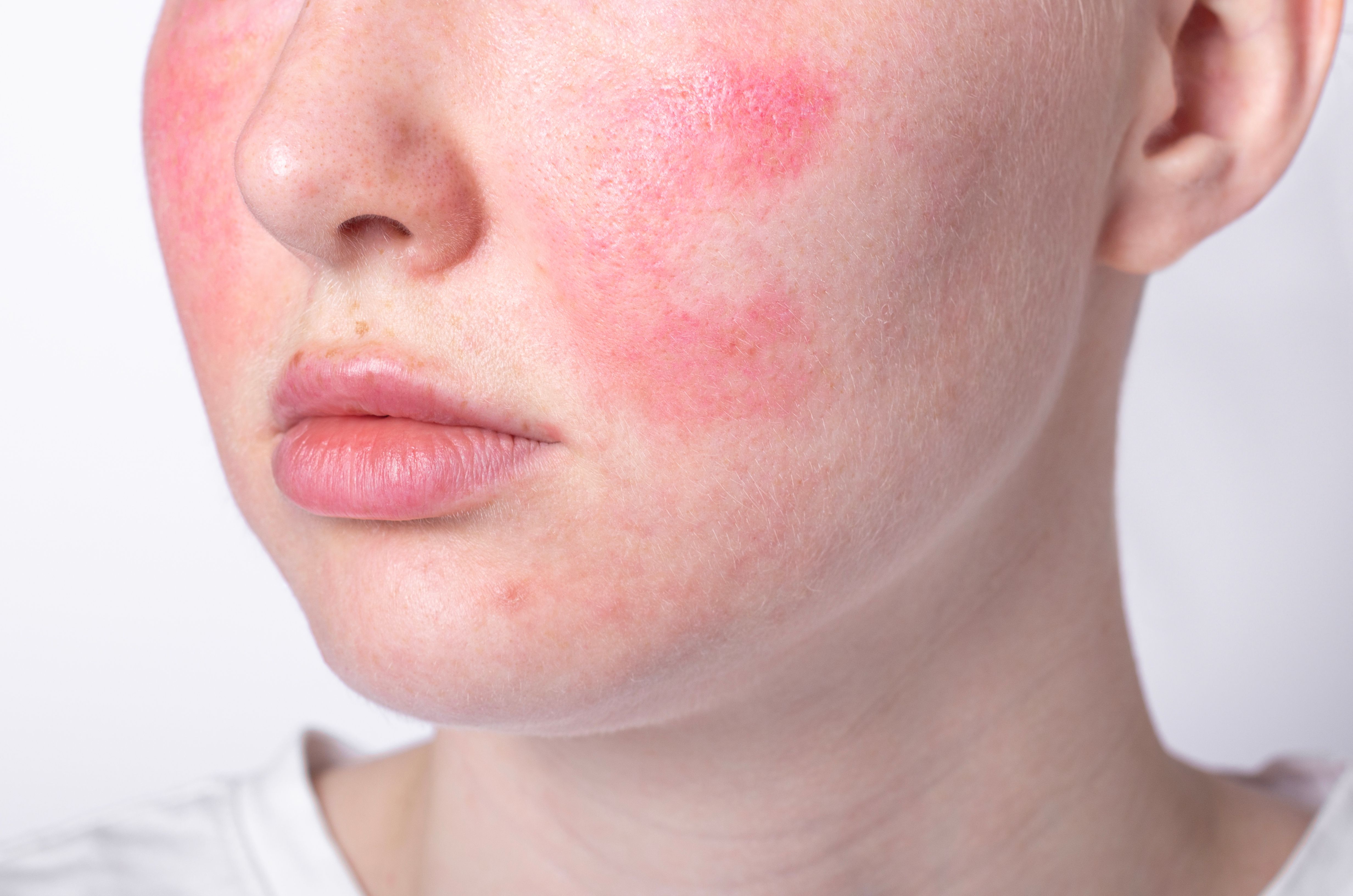- Acne
- Actinic Keratosis
- Aesthetics
- Alopecia
- Atopic Dermatitis
- Buy-and-Bill
- COVID-19
- Case-Based Roundtable
- Chronic Hand Eczema
- Chronic Spontaneous Urticaria
- Drug Watch
- Eczema
- General Dermatology
- Hidradenitis Suppurativa
- Melasma
- NP and PA
- Pediatric Dermatology
- Pigmentary Disorders
- Practice Management
- Precision Medicine and Biologics
- Prurigo Nodularis
- Psoriasis
- Psoriatic Arthritis
- Rare Disease
- Rosacea
- Skin Cancer
- Vitiligo
- Wound Care
Publication
Article
Dermatology Times
New vehicles improve tolerability, acceptability
Author(s):
A variety of new vehicles designed to improve tolerability and cosmetic acceptability are providing rosacea patients with multiple viable treatment options.
Along with new prescription ingredients, patients with acne and rosacea are benefiting from new vehicles designed to improve tolerability and cosmetic acceptability.
“We’ve had many new vehicle innovations leading to improved delivery and cosmetic acceptability of existing active agents — mostly for retinoids and antimicrobials,” says Diane S. Berson, M.D. She is an associate professor of dermatology at Weill Medical College of Cornell University and an assistant attending dermatologist at New York-Presbyterian Hospital.
Tretinoin 0.05% lotion and tazarotene 0.045% lotion both use a polymeric micronized emulsion that localizes delivery to penetrate follicles. Both lotions also use the same sorbitol-based humectant vehicle, she says.
Minocycline foam 4% incorporates a molecule-stabilizing technology in a soluble, triglyceride-based vehicle without surfactants or oily film. “Because it’s hydrophobic, not hydrophilic, it penetrates the sebaceous follicle for targeted delivery.”
A microencapsulated benzoyl peroxide-tretinoin combination utilizes a silica shell to separate the active ingredients while also slowing penetration and increasing tolerability. Additionally, a fourth-generation retinoid product, trifarotene cream 0.005%, is approved for facial and truncal acne in patients age nine years and older.
Clascoterone 1% cream, a topical androgen receptor inhibitor, was approved by the U.S. Food and Drug Administration (FDA) in August 2020. “We’ve never had a topical androgen receptor inhibitor to reduce sebum production. We currently use spironolactone off-label, but this is a topical with a new mechanism of action. It also seems to have anti-inflammatory effects via decreasing cytokines,” she says
PIH and Erythema
For acne-related post-inflammatory hyperpigmentation (PIH), Dr. Berson typically prescribes tretinoin and azelaic acid because both help fade pigmentation while also preventing new breakouts. Other ingredients that can be used for PIH include hydroquinone, glycolic acid, salicylic acid and kojic acid.
“Cosmeceutical ingredients that can help further fade pigmentation include soy and niacinamide, both of which interfere with the transfer of melanosomes from melanocytes to keratinocytes.” Vitamin C, licorice extract, tranexamic acid (topical and oral) and cysteamine hydrochloride also help fade pigmentation, she says.
Home-use ultrasonic cleansing and light-based devices can also be helpful for acne-prone skin, as can peels, Dr. Berson says. Many patients like the feel of masks, she adds, and some masks are designed to help absorb excess oils. Ingredients she suggests looking for in such masks include clay, charcoal or sulfur.
For the redness of rosacea, topical brimonidine tartrate gel and oxymetazoline cream act as adrenergic agonists and vasoconstrictors. Cosmeceutical ingredients that can help reduce erythema include antioxidants, such as vitamin C, vitamin E and niacinamide, and anti-inflammatory ingredients such as soy, green tea and some botanicals.
The Microbiome
The microbiome is a hot topic for skin conditions including acne and rosacea, adds Dr. Berson. Composed of bacteria, fungi and yeast, the microbiome should be diverse, populated mostly with commensal organisms. “Our bacteria secrete antimicrobial peptides (AMPs) which help regulate the immune system, promote immune tolerance, fight infection and help maintain low skin pH.” These AMPs are believed to be overactive in rosacea.
“There may be dysbiosis or microbiome alteration in acne. So, we are looking for microbiome-friendly skincare for patients — products that won’t disturb the microbiome and will improve barrier repair and decrease inflammation. Prebiotics and probiotics are also becoming more popular in the treatment of acne,” says Dr. Berson, who also recommends probiotics for patients on oral antibiotics.
In the future, she says, treatments that may be evaluated for acne include topical cannabidiol and Active Phage Serum (Ellis Day Skin Care) to balance the skin microbiome. Additionally, topical or injectable neuromodulators could prove helpful in reducing sebum and the appearance of pore size. Such products also might help with erythema and flushing, says Dr. Berson.
Disclosures: Dr. Berson has been an investigator, advisor or consultant for Aclaris, Allergan, Allmirall, Cassiopea, CLN, Crown, Evolus, Ferndale, L’Oreal, Ortho Dermatologics, Procter & Gamble, Revance, RegimenPro and Sonoma.
Reference:
1. Diane S Berson MD. “The Future of Acne and Rosacea Skincare,” presented at AAD VMX Virtual Meeting Experience 2020. June 12, 2020.

Newsletter
Like what you’re reading? Subscribe to Dermatology Times for weekly updates on therapies, innovations, and real-world practice tips.





























